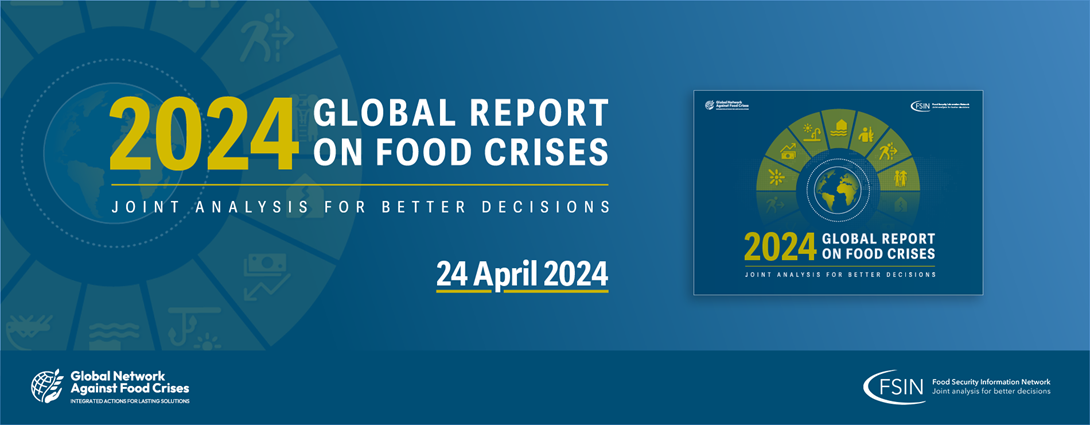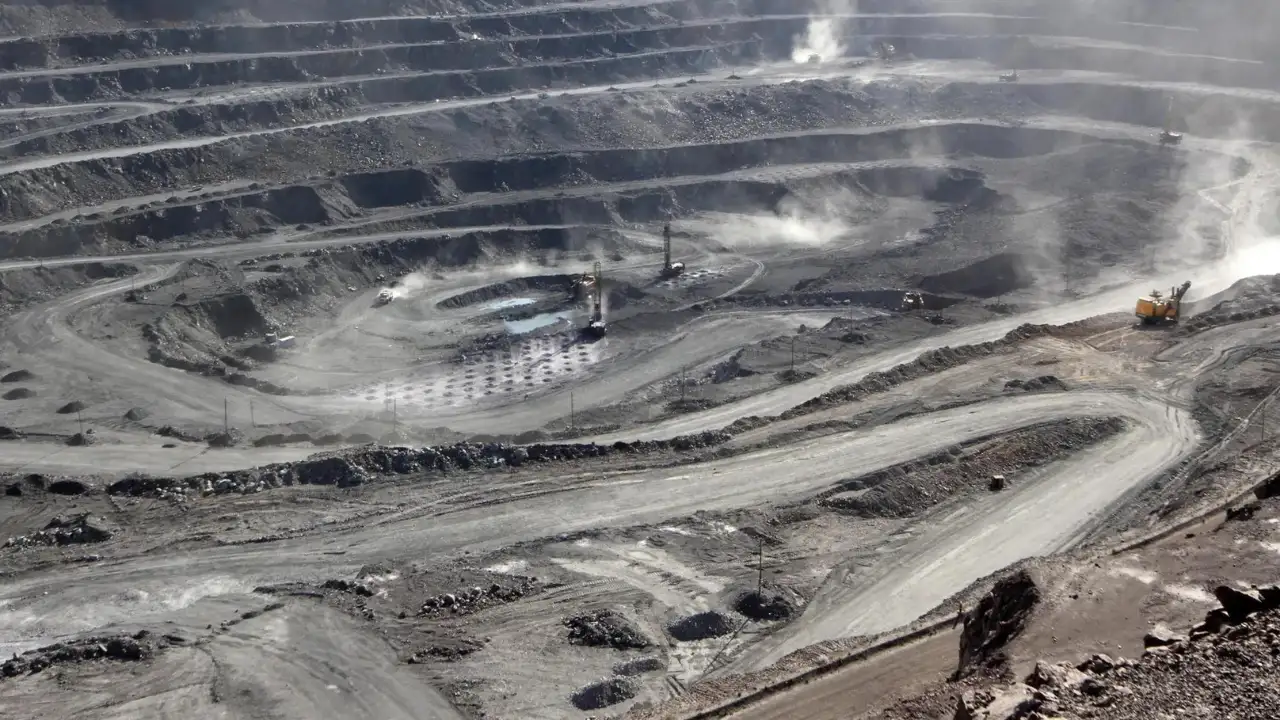- Courses
- GS Full Course 1 Year
- GS Full Course 2 Year
- GS Full Course 3 Year
- GS Full Course Till Selection
- Answer Alpha: Mains 2025 Mentorship
- MEP (Mains Enrichment Programme) Data, Facts
- Essay Target – 150+ Marks
- Online Program
- GS Recorded Course
- Polity
- Geography
- Economy
- Ancient, Medieval and Art & Culture AMAC
- Modern India, Post Independence & World History
- Environment
- Governance
- Science & Technology
- International Relations and Internal Security
- Disaster Management
- Ethics
- NCERT Current Affairs
- Indian Society and Social Issue
- NCERT- Science and Technology
- NCERT - Geography
- NCERT - Ancient History
- NCERT- World History
- NCERT Modern History
- CSAT
- 5 LAYERED ARJUNA Mentorship
- Public Administration Optional
- ABOUT US
- OUR TOPPERS
- TEST SERIES
- FREE STUDY MATERIAL
- VIDEOS
- CONTACT US
2024 Global Report on Food Crises (GRFC)
2024 Global Report on Food Crises (GRFC)
27-04-2024

Despite some positive developments, the 2024 Global Report on Food Crises (GRFC) indicates that nearly 282 million people faced high levels of acute food insecurity in 59 countries in 2023.
- This report, produced annually by the Food Security Information Network (FSIN) and launched by the Global Network Against Food Crises, highlights several significant findings.
Key Highlights of GRFC 2024:
-
Population Analysis:
- The report analyzed a population of 1.3 billion across 59 countries in 2023.
- 2023 marked the 5th consecutive year of increases in the number of people suffering from acute food insecurity.
-
Main Drivers of Food Crises:
- Conflicts, extreme weather events, and economic shocks were identified as the 3 main drivers behind the exacerbation of food crises worldwide.
- In 2023, conflicts, particularly in hotspots like Palestine (Gaza Strip) and Sudan, became the primary driver of food crises, directly affecting 135 million people.
-
Regional Impact:
- The Gaza Strip has witnessed the most severe food crisis in the last eight years of GRFC reporting.
- Sudan, with almost a 3rd of its population in need of emergency food aid, is facing one of the worst food crises globally.
-
Weather Extremes and Affected Countries:
- Weather extremes were the main driver of food crises in 18 countries, with over 72 million people facing high levels of acute food insecurity due to such events.
- The 10 countries with the world's largest food crisis in 2023 were the Democratic Republic of the Congo, Nigeria, Sudan, Afghanistan, Ethiopia, Yemen, the Syrian Arab Republic, Bangladesh, Pakistan, and Myanmar.
-
Positive Developments:
- Despite the challenges, the report noted that the situation improved in 17 countries in 2023, including in the Democratic Republic of Congo and Ukraine.
Must Check: Best IAS Coaching In Delhi



